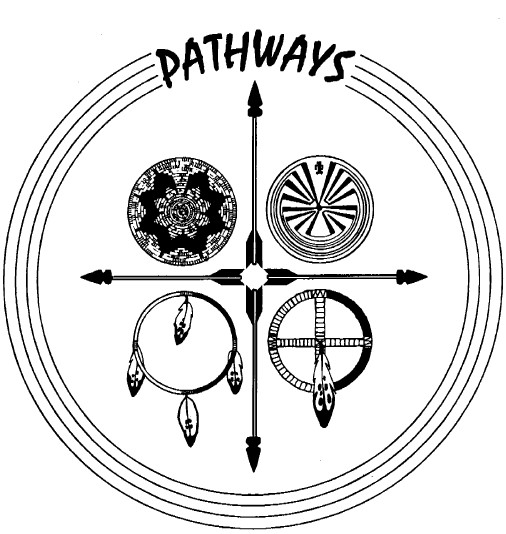1993-2003: Pathways: Prevention of Obesity Among American Indian Schoolchildren
Principal Investigator: Sally M. Davis, Ph.D. Start and End Dates: September 30, 1993 – July 31, 2003 Sources of Funding: National Heart, Lung and Blood Institute of the National Institutes of Health
Pathways was an eight-year obesity prevention program for American Indian schoolchildren in grades 3–5. The project involved 1,704 students in 41 schools in Arizona, South Dakota, Utah and New Mexico. With funding from the National Heart, Lung and Blood Institute, the project was developed and conducted through a partnership that included seven American Indian tribes—the Navajo Nation, the Gila River Indian Community, the Tohono O'odham Nation, the White Mountain Apache Tribe, the San Carlos Apache Tribe, the Oglala Lakota Nation, and the Sicangu Lakota Nation--and five Universities—Johns Hopkins University, the University of Arizona, the University of Minnesota, the University of New Mexico and the University of North Carolina.
This effort was initiated in response to recognition of the alarming rates among American Indians of obesity, heart disease, diabetes, and related chronic diseases and other health concerns. The overall focus of the program and supporting materials was designed to prevent childhood obesity by promoting increased physical activity and healthful eating behaviors. The feasibility pilot study of Pathways was conducted from 1993–1996 and the full-scale study was implemented during 1996–2001.
The Pathways obesity prevention project was developed with four components that should be implemented at the same time: a classroom curriculum, a family component, a food service component, and a physical activity component. The materials developed for each component are available for use by interested teachers, school personnel, and health promotion practitioners, by contacting the coordinator of the project, identified below, or by viewing the Pathways website.
After the project was completed, several activities were initiated to disseminate the program and the results. The Pathways Steering Committee selected the Prevention Research Center as the repository for Pathways materials and as the dissemination site. A database for all Pathways intervention materials was developed to monitor dissemination efforts and results. Specific Pathways intervention materials were provided to the Native American Outreach and Education Program of the National Heart, Lung and Blood Institute. All Pathways intervention materials were posted on the Prevention Research Center's website for wider dissemination, with 'hits' recorded to indicate the number of times these websites are accessed. Training sessions are being conducted up to the present as requests are received from the original participating schools, to educate school staff and students about obesity prevention strategies.
Furthermore, the Pathways curriculum has been promoted at conferences and networking sessions. Several presentations have been made at conferences and formal meetings about Pathways, to share the results and lessons learned, including at the Surgeon General’s Call to Action to Prevent and Decrease Overweight and Obesity. To further disseminate the program outline and results, manuscripts were prepared, and participating American Indian tribes have been reviewing these, for publication in a Preventive Medicine Supplement. Dr. Sally Davis will serve as the Guest Scientific Editor.
In October 2002, the Prevention Research Center was awarded a CDC grant for a three-year project entitled Participatory Action for Healthy Lifestyles (PAHL). This project involves investigating the dissemination, diffusion and utilization of the Pathways project and curriculum.
For additional information about this program, please contact Dr. Sally M. Davis, at (505) 272-4462 or SDavis@salud.unm.edu

